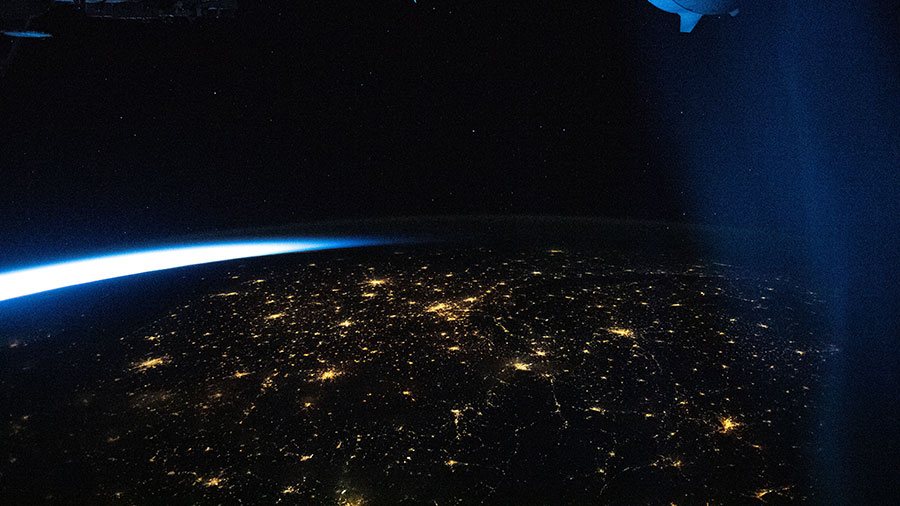Hydroponics, Virtual Reality on Station Impacting Future Missions

Botany and human research were the main research themes aboard the International Space Station today. Meanwhile, the Expedition 65 crew is also staying focused on spacewalk preparations and orbital lab maintenance.
Space agriculture is key to sustaining human spaceflight as NASA and its international partners plan future missions to the Moon, Mars and beyond. Today, Flight Engineers Mark Vande Hei and Thomas Pesquet joined together for the Plant Water Management study to learn how to operate hydroponics in microgravity. The duo set up and configured hardware for the botany study that may also improve watering systems on Earth.
Pesquet also partnered with NASA Flight Engineer Megan McArthur for an investigation observing how microgravity affects an astronaut’s ability to control robotics and spacecraft. The Pilote experiment uses virtual reality gear and tests a crew member’s aptitude when maneuvering a computer-generated robotic arm toward a target. Results may influence the design of workstations and interfaces for future spacecraft and space habitats.
Blood sample collections started the day for NASA Flight Engineer Shane Kimbrough and Commander Akihiko Hoshide. Kimbrough, with assistance from Vande Hei, then spent the rest of Wednesday continuing to configure the station’s newest toilet inside the Tranquility module. Hoshide set up the Astrobee robotic assistants for an upcoming student competition then swapped samples for a semiconductor crystal physics study.
Cosmonauts Oleg Novitskiy and Pyotr Dubrov are getting ready for their first career spacewalks set to begin June 2 at 1:20 a.m. EDT. The duo continued readying their spacewalking tools, communications gear and Orlan spacesuits today. The pair will exit the Poisk module and spend about six-and-a-half hours servicing Russian hardware and installing science experiments.
from Space Station https://ift.tt/3fmc1O1
Comments
Post a Comment